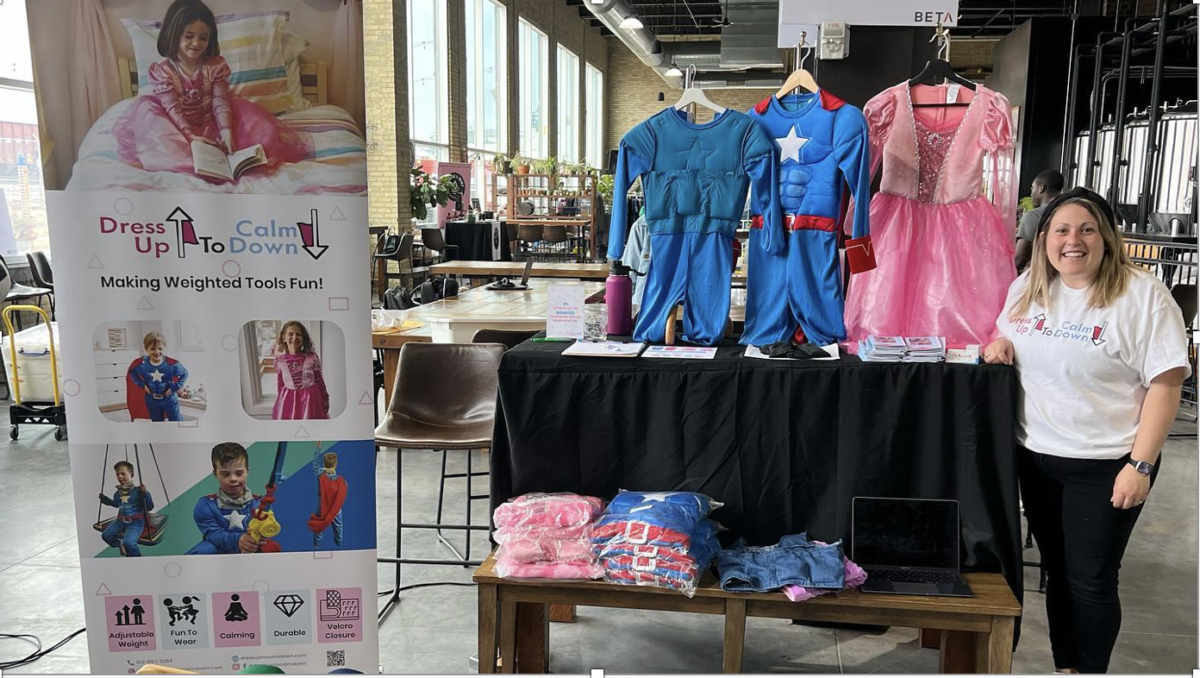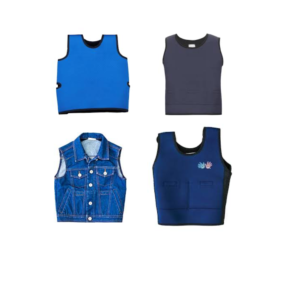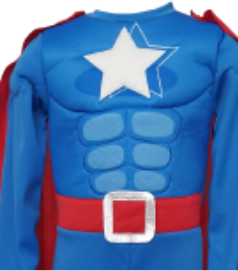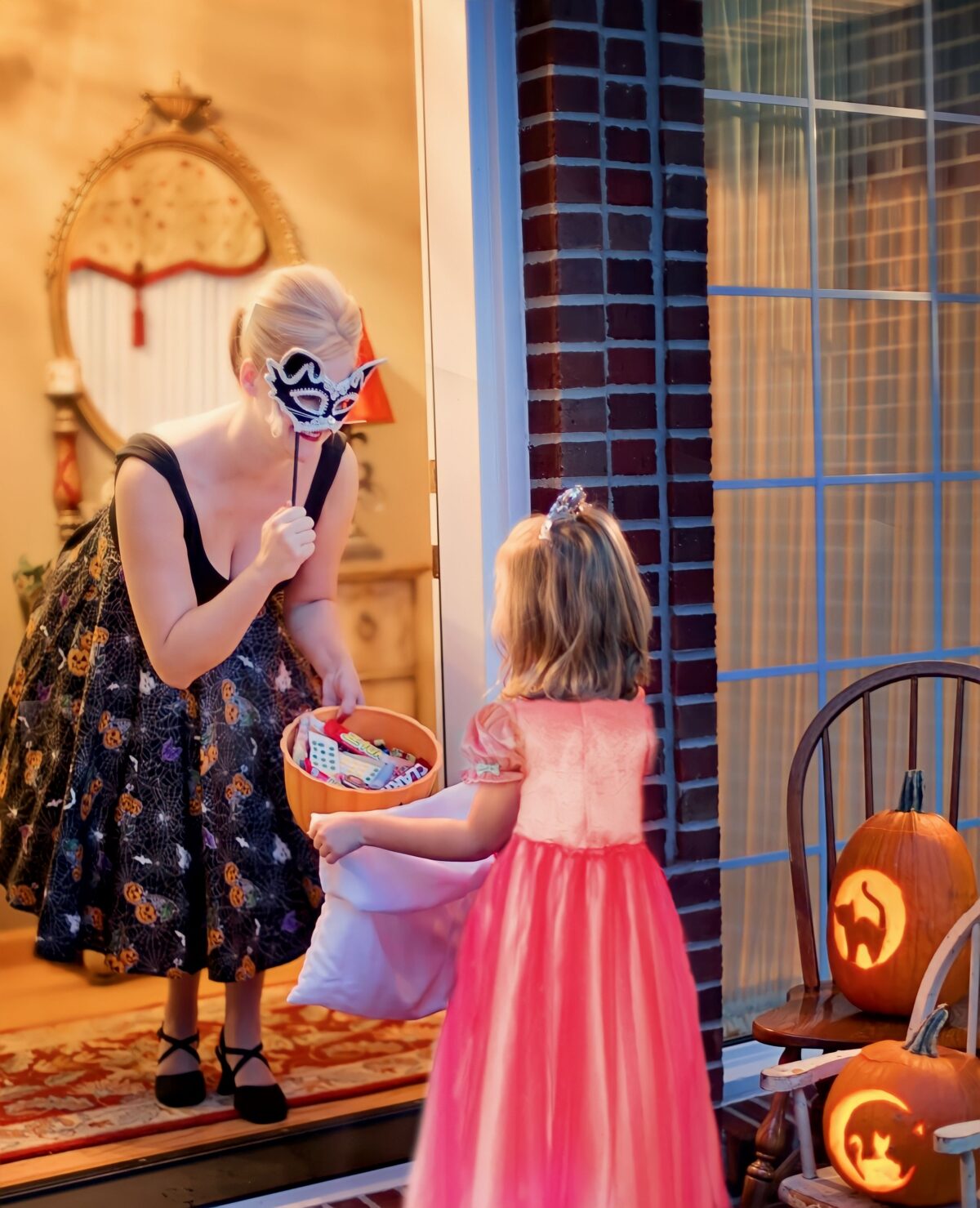Let’s Talk Wear Schedules
The wear schedule for weighted clothing should be determined by an Occupational Therapist or other health care provider. Our founder Jennifer is an Occupational Therapist. Our hoodies were designed using Occupational Therapy weight guidelines for 5-10% of a person’s body weight using averages for certain age groups.
It is very important to follow a wear schedule when using weighted clothing. Wearing weighted clothing for specific periods or during particular activities can help optimize its effectiveness. For example, wearing weight during therapy sessions or activities where sensory input is needed can enhance its therapeutic benefits. You do not want to wear weight all the time as it can lose its effects.
So how do you determine a wear schedule? A wear schedule is determined by the Occupational Therapist and is based off an individual’s goals and needs.
An individual is first assessed, and the therapist determines if weighted clothing is appropriate and beneficial. Next, a trial period is done to see how the individual responds to wearing the weighted clothing usually in clinic with a weighted item they have. Behavior changes and function are noted while wearing the weighted garment. The individual is than monitored and adjustments are made as needed. For example, adjusting the weight, the duration of time and any other issues that arise. Lastly, as the individual becomes accustomed to wearing the weighted clothing and experiences benefits from it, the therapist may encourage integrating it into daily routines or specific activities where it can be most beneficial at home, school, and in the community.
At Dress Up to Calm Down, we have the individual in mind. We know that sensory is individualized which is why we designed our products to have removable weights. Allowing individuals to use the weight in moments of need and be able to take them out to be used as a regular costume or hoodie when not needed. We recommend 30-45 minutes groupings 2-3 times a day at most. Start with a small amount of time if new to weighted clothing and then gradually increase the amount of time by 5-10 minutes to see how the individual is tolerating it.
Take aways-use our products on an as need basis, breaks are NEEDED! If your child has moments of the day that are really challenging, try wearing the weighted garment then. Wear schedules are individualized based on the indiviudals needs and should be monitored under the supervision of a Occupational Therapist.
Please reach out to us if you have any other questions regarding wear schedules! We are here to help!






